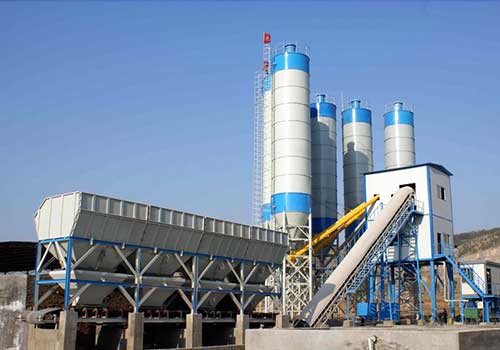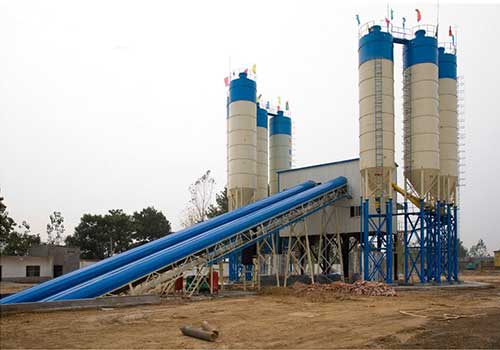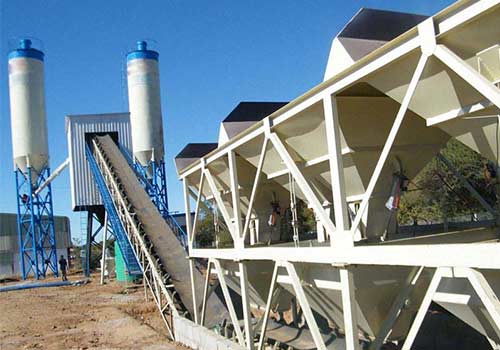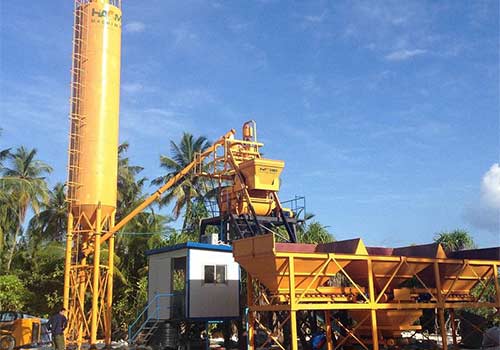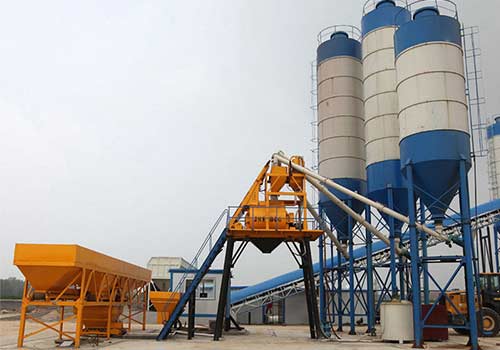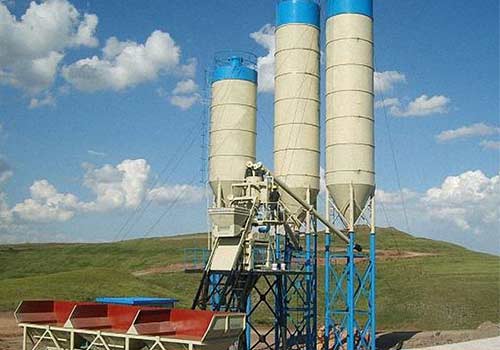Are there any pipe clogging happened during the concreting?
Sep 23, 2019
1. Control concrete workability and slump
The ratio of the maximum particle size of the coarse aggregate to the diameter of the conveying pipe should be: when the pumping height is below 50 m, the crushing stone should not be greater than 1:3, the pebble should not be greater than 1:2.5; the pumping height should be 50-100 m. When the ratio is preferably 1:3 to 1:4; when the pumping height is 100 m or more, the ratio is preferably 1:4 to 1:5. The coarse aggregate should be continuously graded, and the content of the needle-like particles should not exceed 10%.
The water-cement ratio of pumped concrete should be 0.4-0.6.
The sand content of pumped concrete should be 38% to 45%. The fine aggregate should be medium sand, and the amount of sand passing through the 0.315 mm sieve should not be less than 15%.
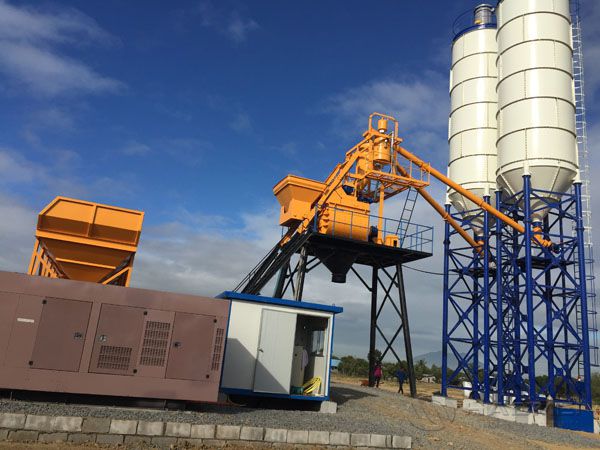
2. Reasonably arrange the pipeline connection:
When designing and installing pipes, avoid 90° and S-bends as much as possible to reduce the resistance of pumped concrete, thus reducing the possibility of pipe blocking.
At the outlet of the pump outlet, it is not allowed to directly connect the elbow. At least the 5 m straight pipe should be connected and then the elbow should be connected.
Vertically down the pipeline, an anti-segregation device should be installed at the exit to prevent blockage.
When pumping high-rise, the length of the horizontal pipeline should generally be no less than 15% of the length of the vertical pipeline, and the pipeline shut-off valve should be connected to the horizontal pipeline. When the downtime exceeds 5 minutes, the shut-off valve should be closed to prevent the concrete from flowing back and causing the pipe to be blocked. The bend radius should be greater than 500 mm from a 90° bend from horizontal to vertical.
3. Check the pipe sealing condition
The pipe seal is not tight and causes leakage. On the one hand, it affects the pouring quality of the concrete, on the other hand, it will lead to the slump of the concrete and the loss of the pumping pressure, resulting in blockage of the pipe.
The pipe joint is not tightly sealed, the pipe clamp is loose or the seal ring is damaged, resulting in slurry leakage. In this case, the pipe clamp should be tightened or the seal ring should be replaced. If the piston wears, it should be replaced in time. Otherwise, the pipe will be blocked due to leakage and pressure loss, and the wear of the piston and the delivery cylinder will be aggravated.
4, lubrication pipe wall
Before pumping concrete, use clean water to lubricate the pipeline, first send the mortar, then send the concrete to prevent the pipeline from clogging. After wetting the pipe with water before the pump, loosen the pipe joint from the lowest point of the pipe, and let the remaining water be drained. Or, after pumping the water and before pumping the mortar, put a sponge ball to separate the mortar from the water.
When pumping concrete to clean the pipeline, also put a sponge ball to separate the water from the concrete, otherwise it will easily cause the pipe to be blocked. After pumping the concrete, the hopper and the conveying piping system must be carefully cleaned.
If the residual concrete in the cylinder is not cleaned, the concrete will easily solidify on the cylinder wall. When the piston is operated again, the piston sealing surface will directly bear the impact of the solidified concrete on the cylinder wall, causing the push piston to partially peel off.
Related Articles
-
Development of Concrete Batching Plant
Apr 02, 2020
-
HZS60 concrete mixing plant site preparation
Oct 16, 2019
-
An overview of the HZS50 concrete batching plant
Oct 15, 2019
